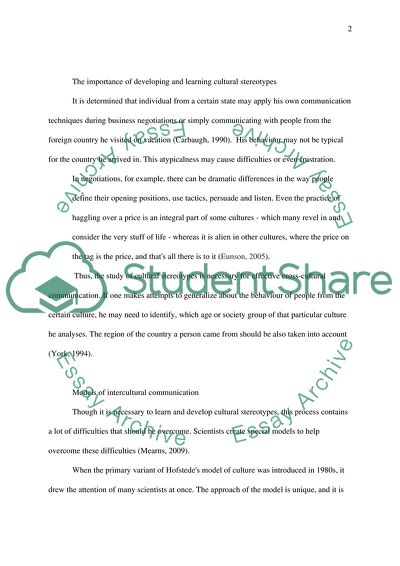Cite this document
(“The Importance of Developing and Using Cultural Stereotypes to Improve Essay - 1”, n.d.)
Retrieved from https://studentshare.org/culture/1558525-discuss-the-importance-or-otherwise-of-developing-and-then-using-cultural-stereotypes-to-enhance-or-make-more-effective-cross-cultural-communication8217
Retrieved from https://studentshare.org/culture/1558525-discuss-the-importance-or-otherwise-of-developing-and-then-using-cultural-stereotypes-to-enhance-or-make-more-effective-cross-cultural-communication8217
(The Importance of Developing and Using Cultural Stereotypes to Improve Essay - 1)
https://studentshare.org/culture/1558525-discuss-the-importance-or-otherwise-of-developing-and-then-using-cultural-stereotypes-to-enhance-or-make-more-effective-cross-cultural-communication8217.
https://studentshare.org/culture/1558525-discuss-the-importance-or-otherwise-of-developing-and-then-using-cultural-stereotypes-to-enhance-or-make-more-effective-cross-cultural-communication8217.
“The Importance of Developing and Using Cultural Stereotypes to Improve Essay - 1”, n.d. https://studentshare.org/culture/1558525-discuss-the-importance-or-otherwise-of-developing-and-then-using-cultural-stereotypes-to-enhance-or-make-more-effective-cross-cultural-communication8217.


